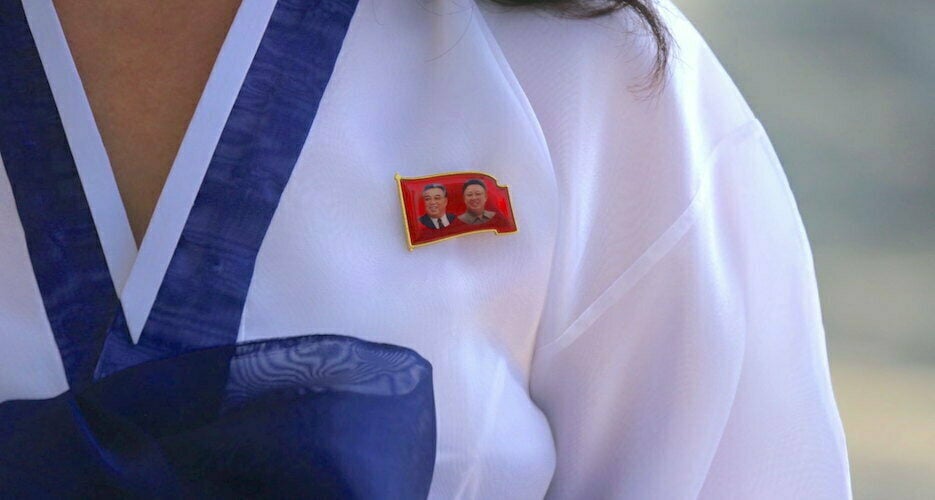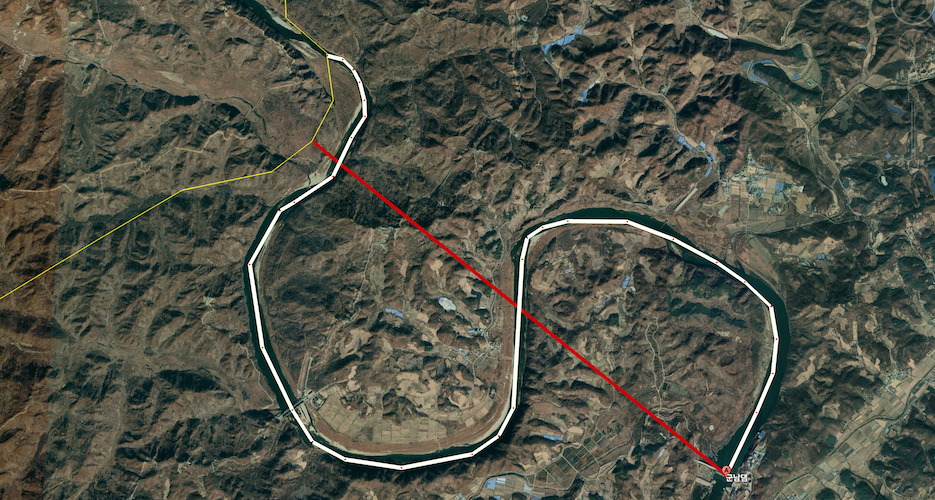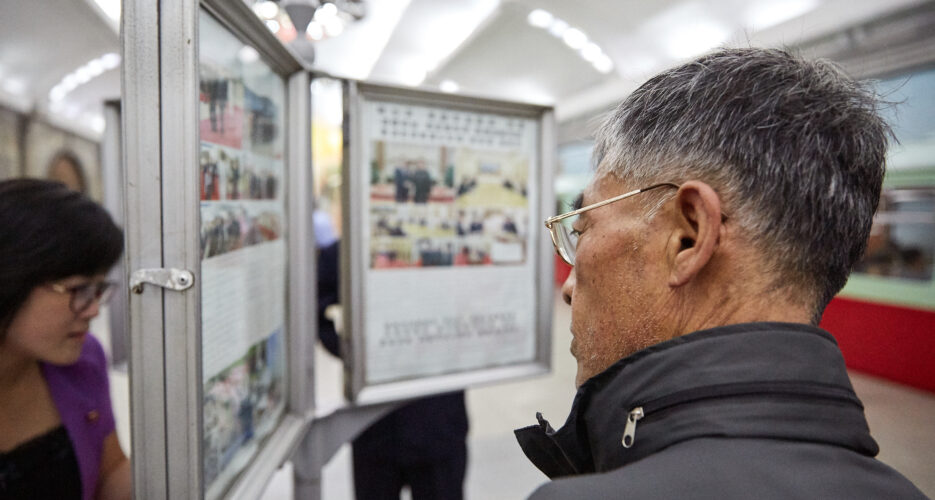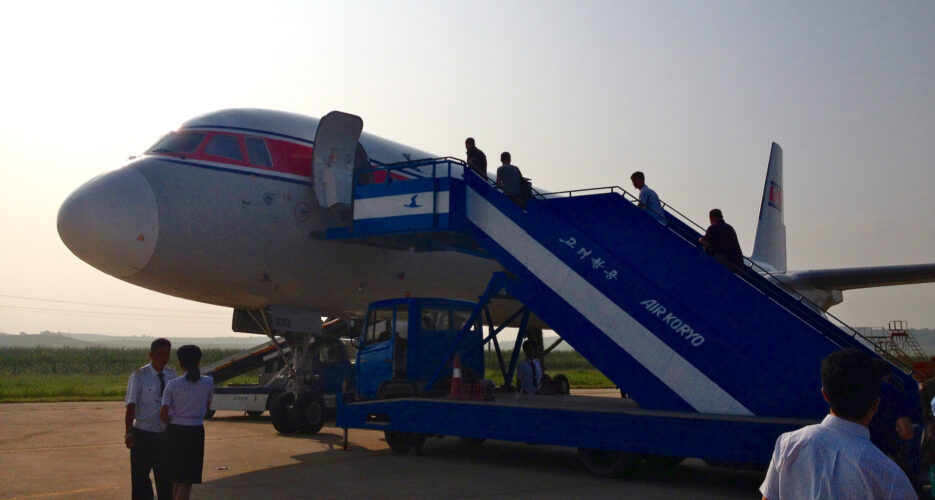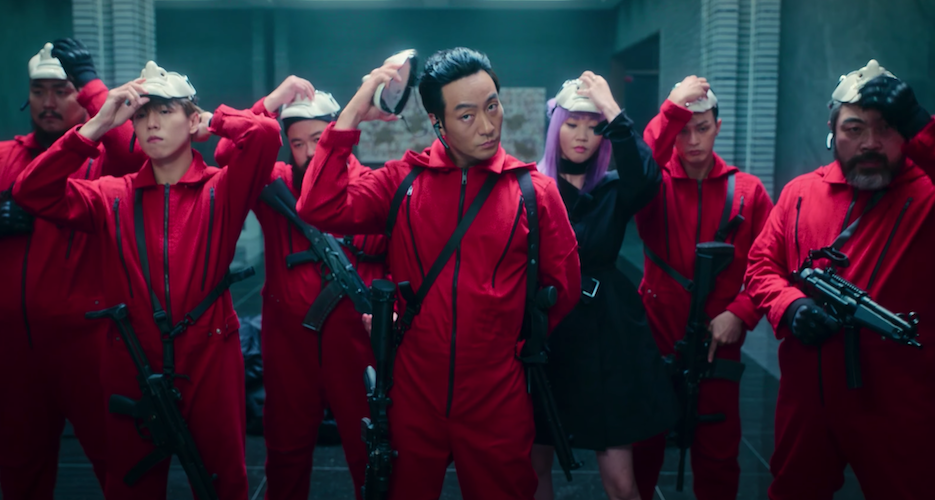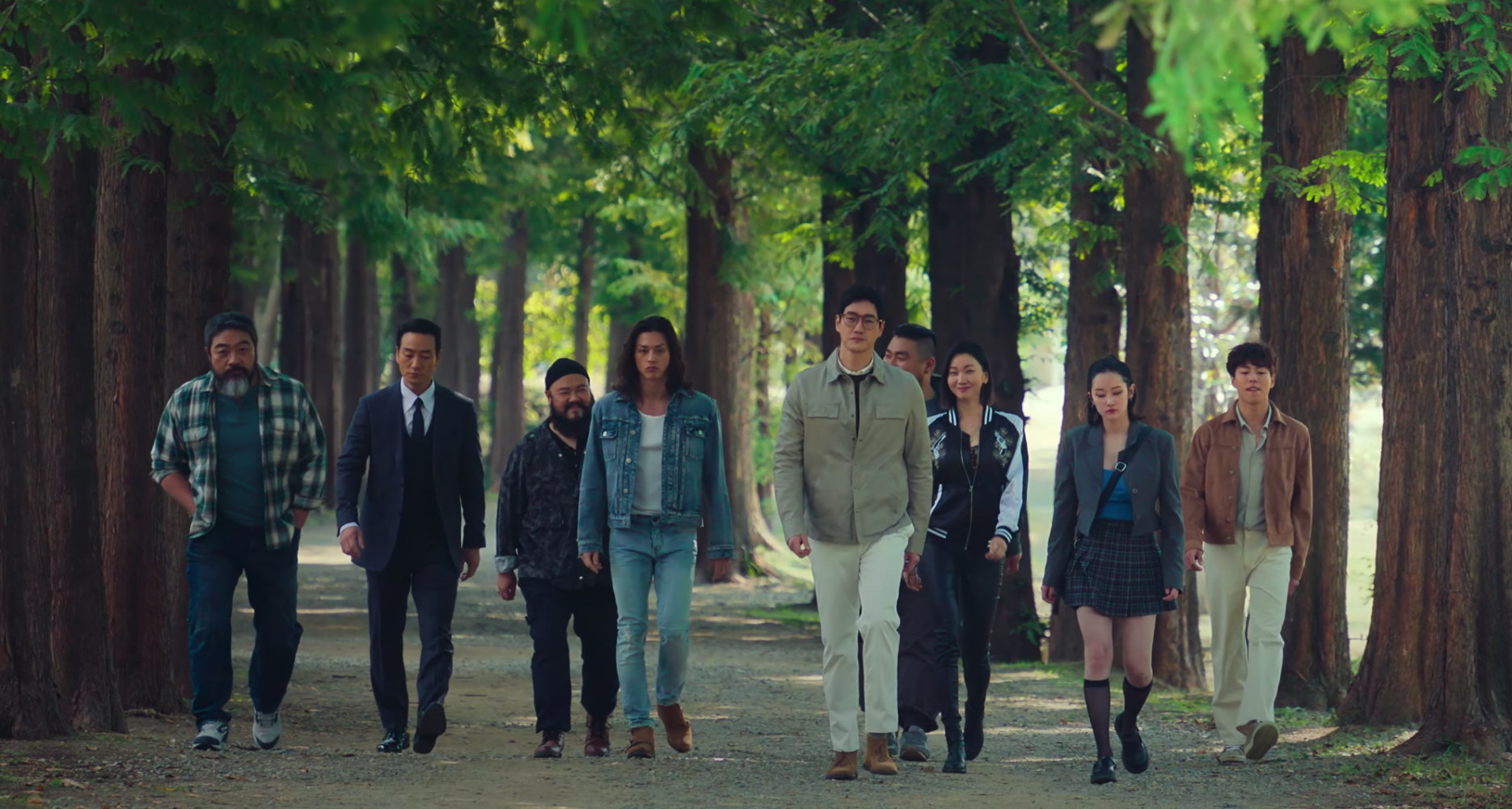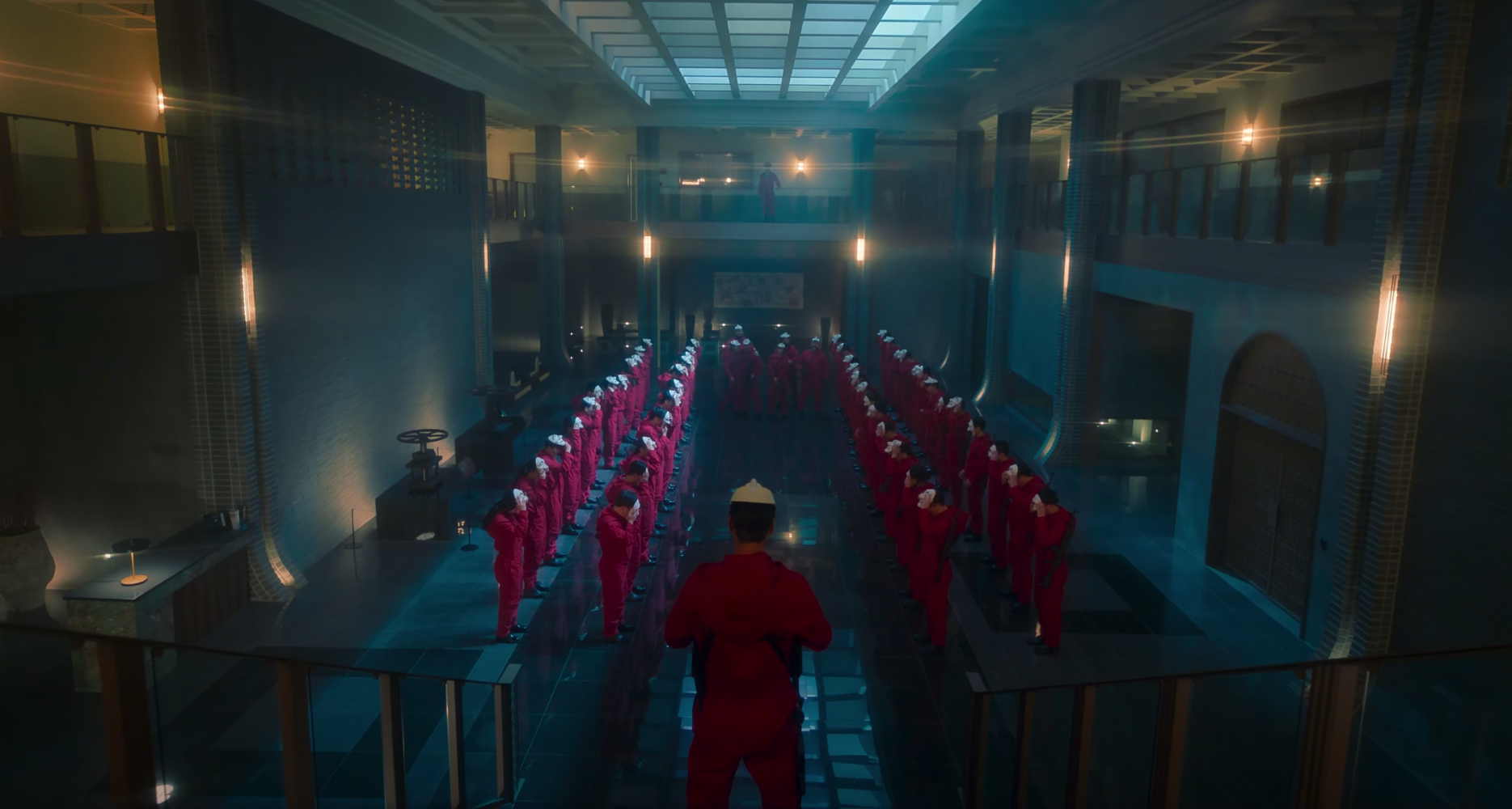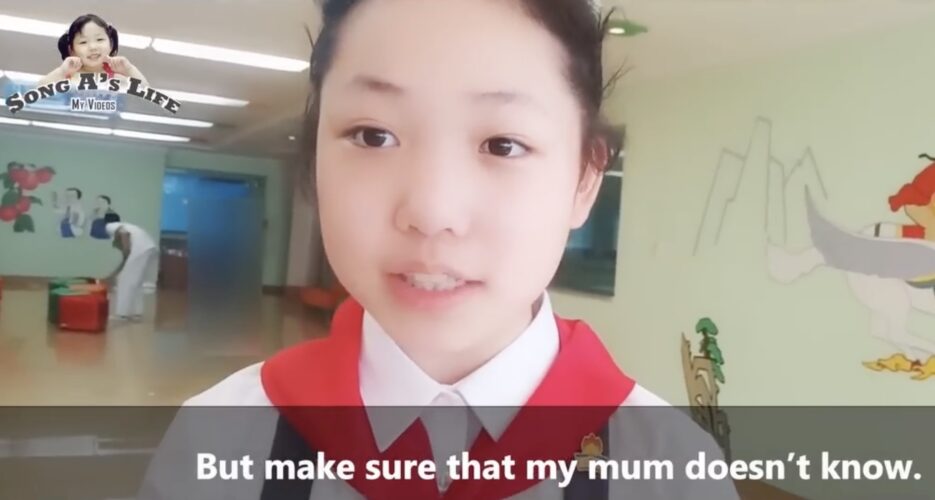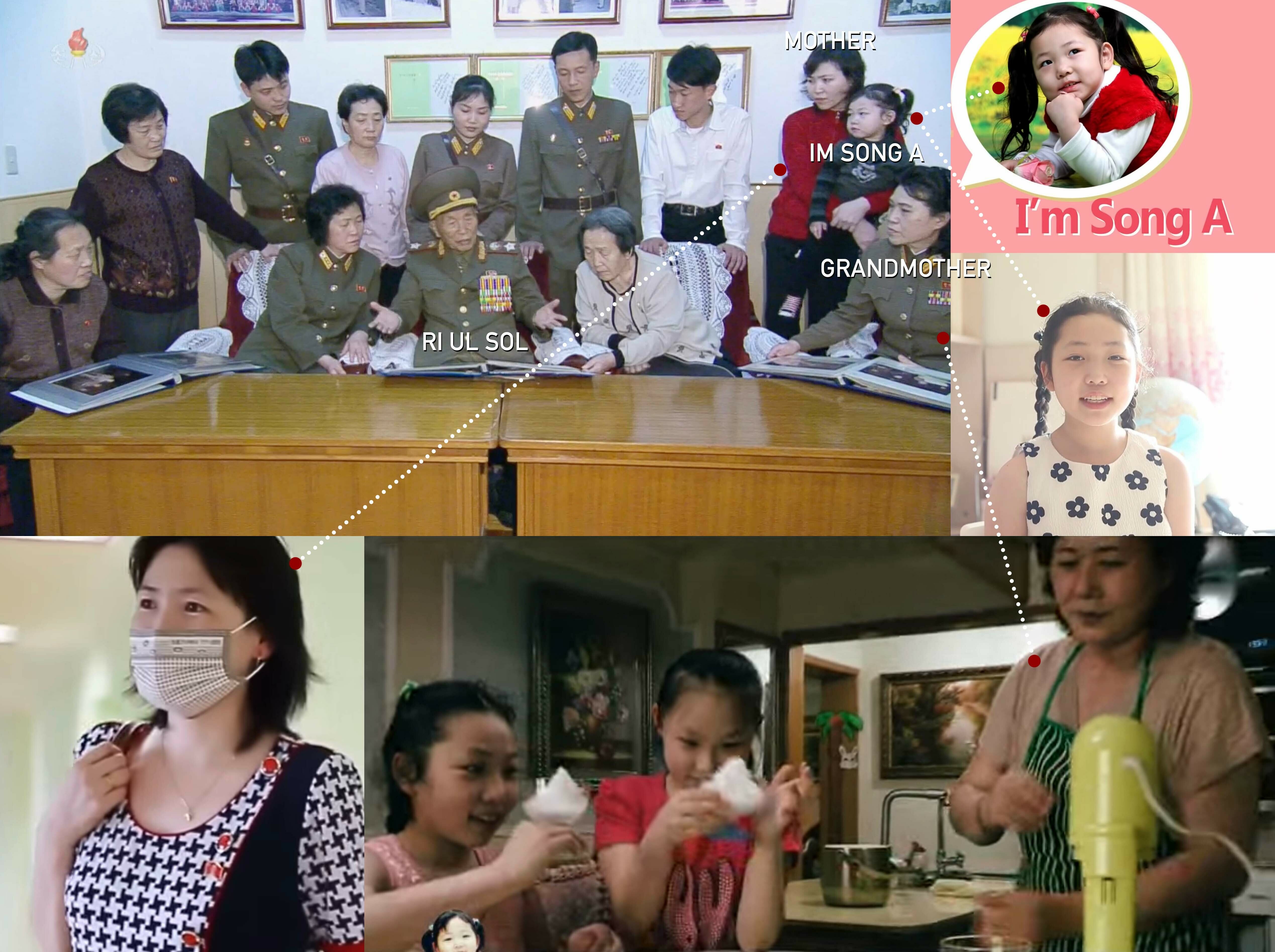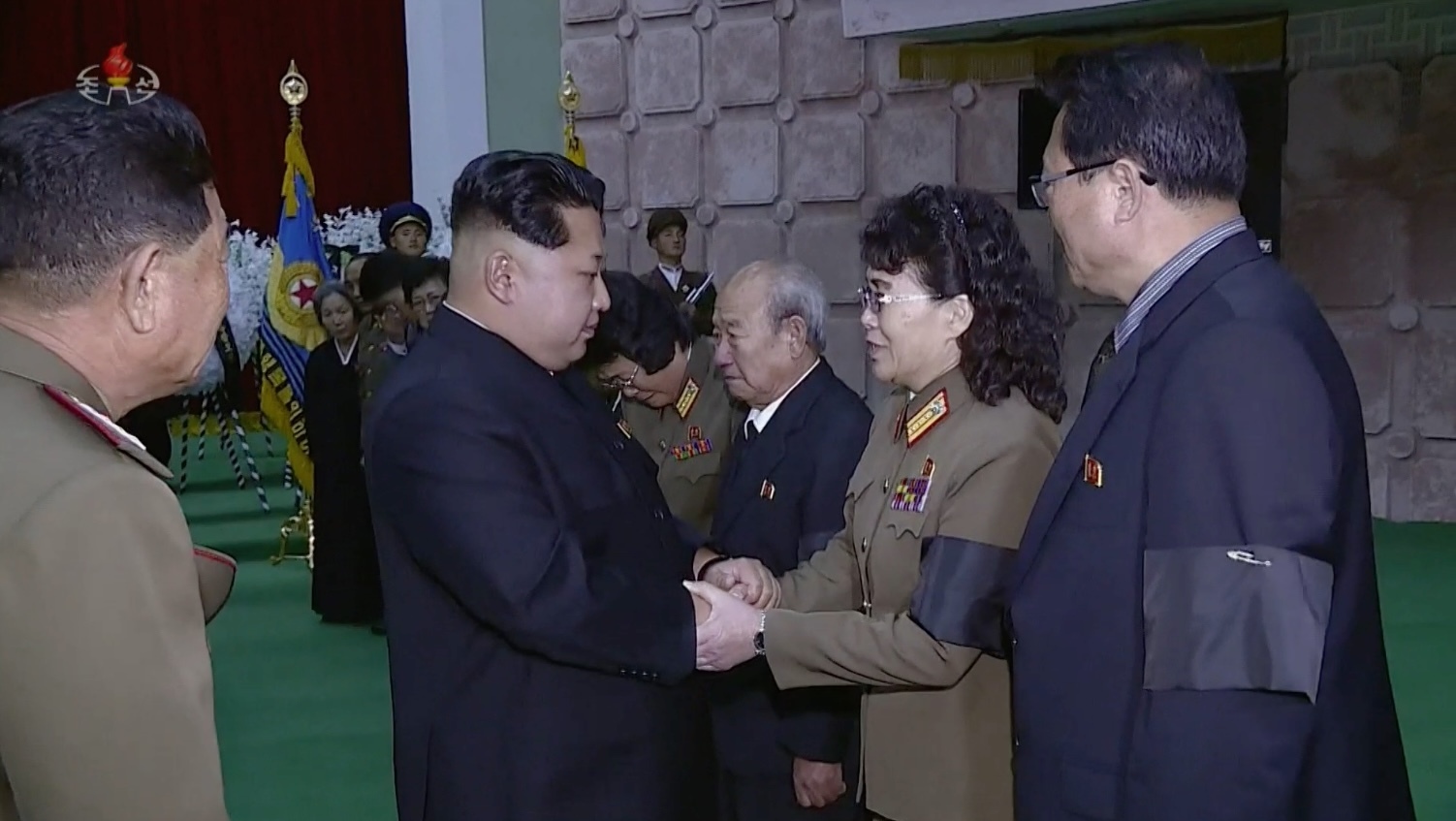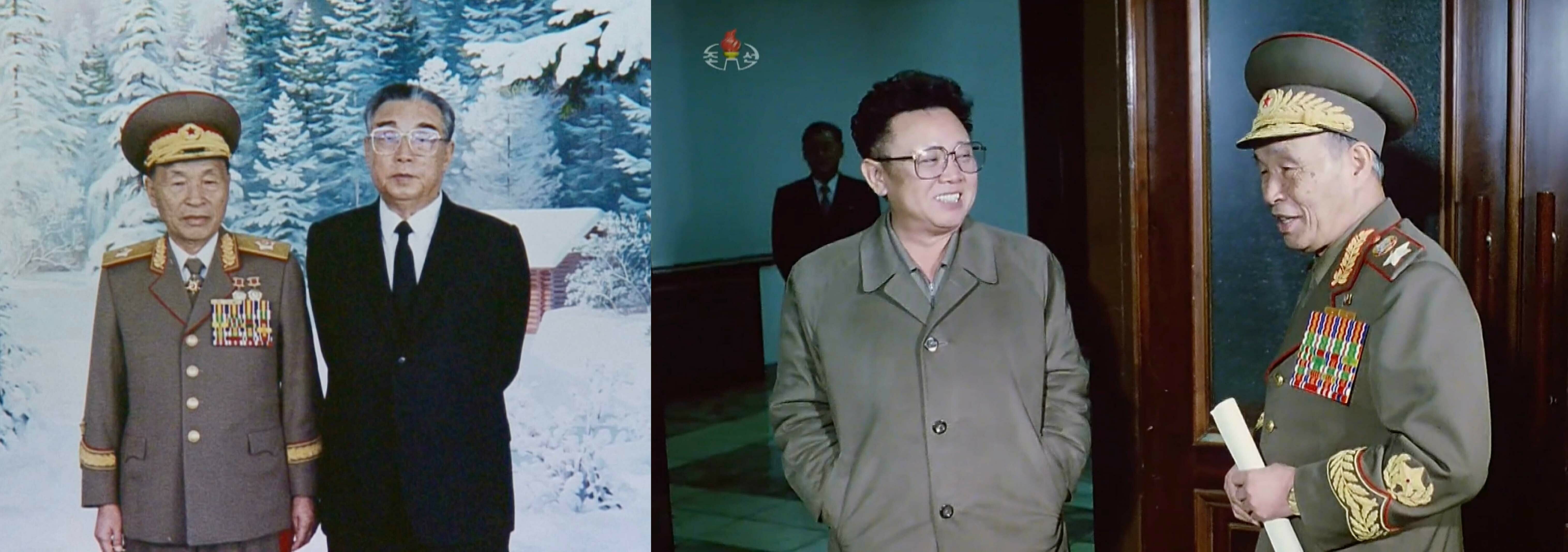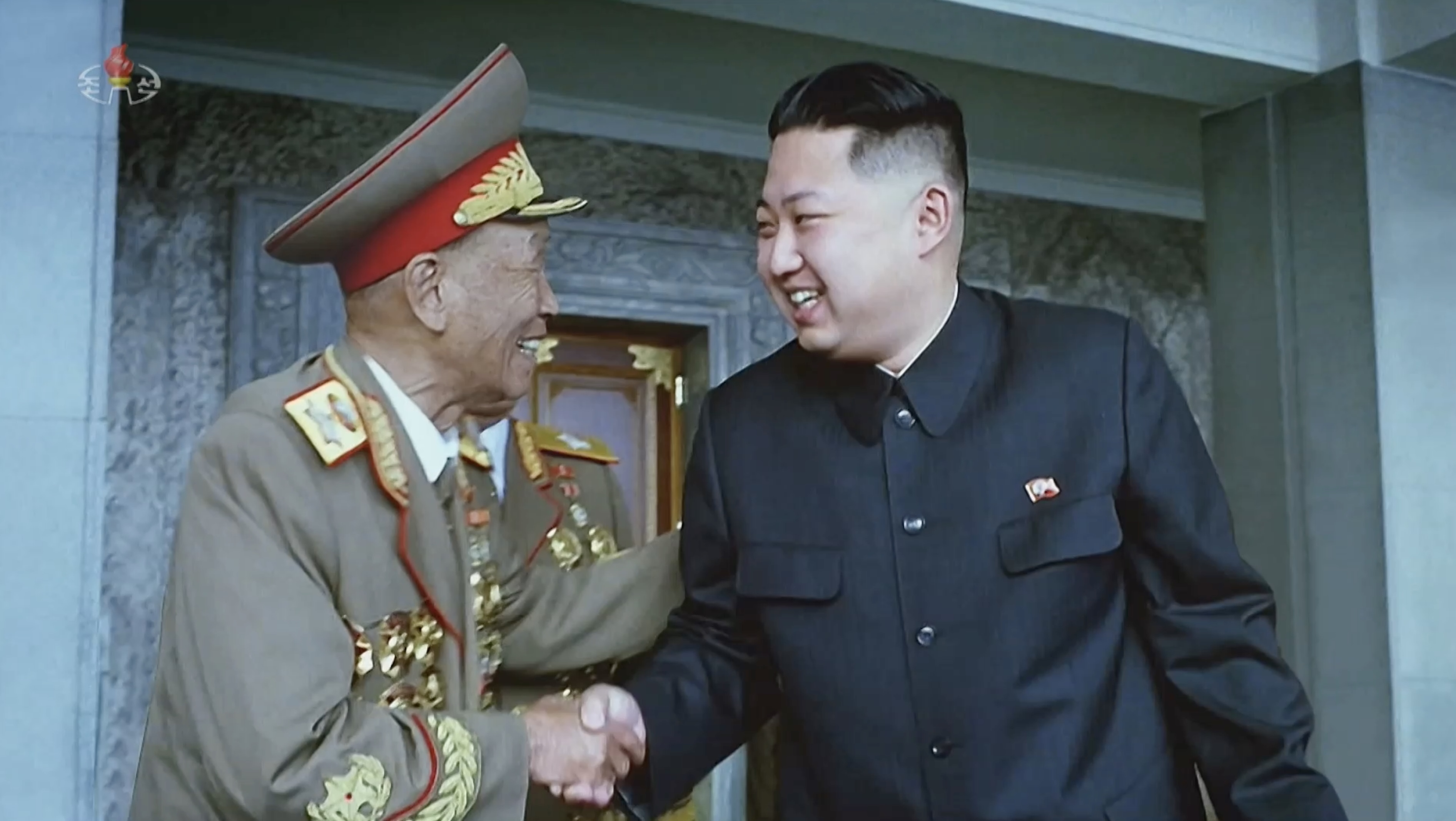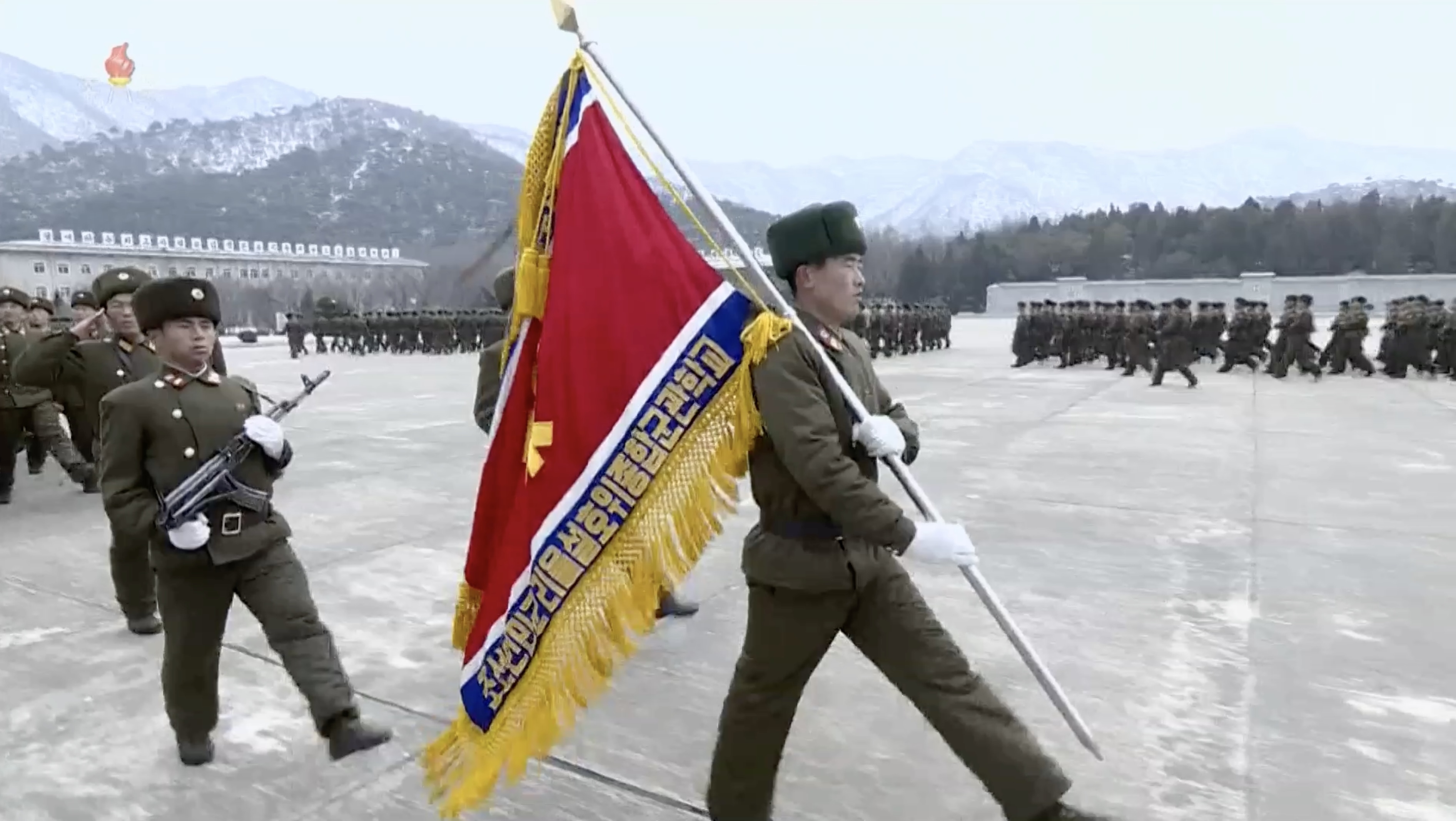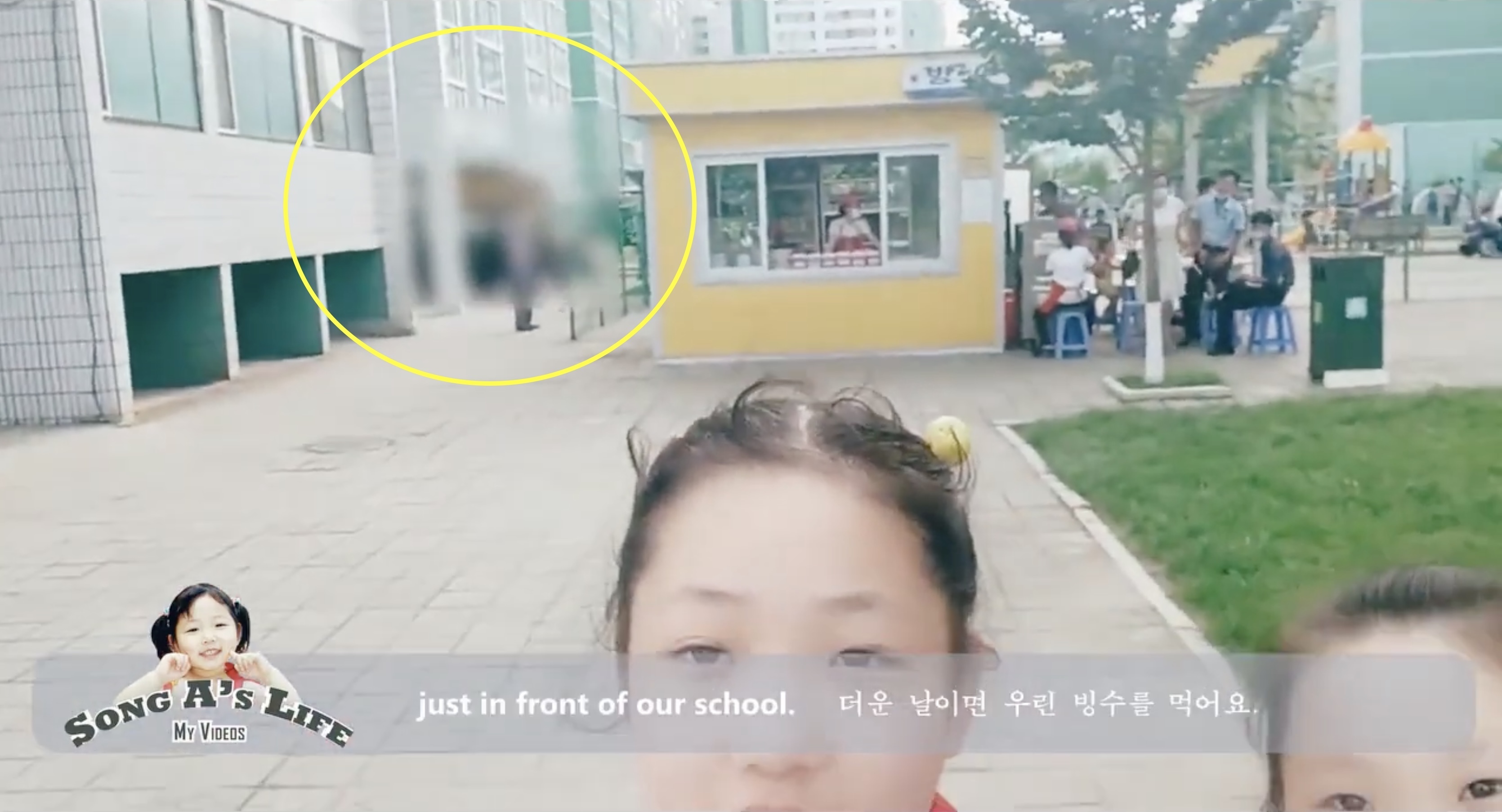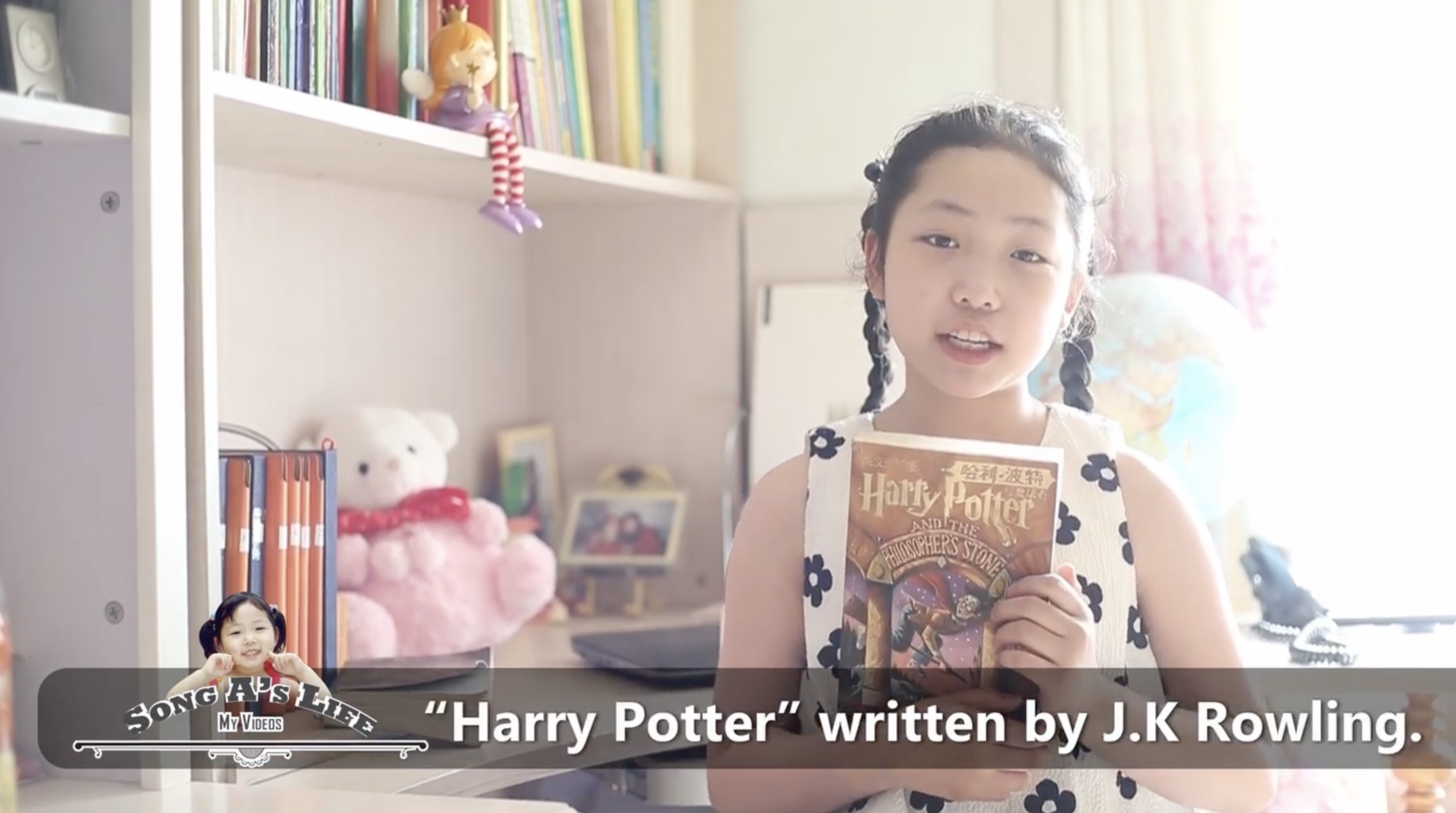POLITICS, WORLD, WORLD AFFAIRS
The sufferings of the North Korean people are a blot on the conscience and humanity of the West
By Gregory Clark
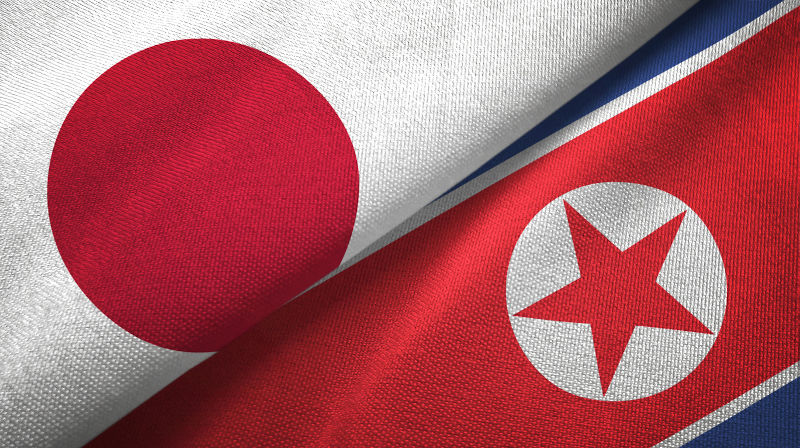
The hugely promising Pyongyang Declaration has been allowed to lapse in its entirety. Image: iStock
Just twenty years ago the world had the chance to put an end to this suffering. It said no, and allowed a Japanese leader, Abe Shinzo, to impose his sadistic will on that long traumatised nation.
Earlier this year it had another chance with the election of a new leader, Kishida Fumio, to replace Abe. And once again it said no.
Abe was insisting in the face of all reason that North Korea was continuing to hold on to a handful of Japanese randomly abducted in the late seventies and early eighties from Japanese coastlines.
Even then, most of these people were of no conceivable use to North Korea. Most had since died.
When a top Japanese Foreign Ministry official, Tanaka Hitoshi, set out more than thirty years ago to chase up rumors of their existence he found a willing North Korea ready to return the surviving five abductees (out of 13 abducted) in exchange for promises of generous economic aid from Japan and normalisation of relations.
North Korea would offer an apology for the abductions and a moratorium on testing of nuclear missiles.
By any reckoning it was a deal for both nations. Both leaders, Prime Minister Koizumi Junichiro from Japan and Kim Jong Il from North Korea, met in Pyongyang in 2002 formally to sign the Pyongyang Declaration confirming these promises.
But the ink was hardly dry on the paper when Mr Abe began to insist North Korea was still holding many more abductees. He had no particular evidence for this (one of them was found dead under a boat near my house).
In particular he claimed it was holding a schoolgirl, Yokota Megumi, taken at 13 years of age from a beach where she had probably seen another abduction take place. But she too had also died, in 1994 after being married to a South Korean abductee.
For Abe none of this detail mattered. A cult of Megumi was initiated, together with songs, memorials and photo exhibitions all demanding her return. The `Pyongyang Declaration’ was forgotten.
A bone from her cremation provided by North Korea to prove her death was pronounced fake, with a minimum of evidence.
When Abe was replaced as prime minister by Kishida from a more moderate faction in the ruling Liberal Democratic Party earlier this year there was hope this artificial abductee drama would end so the two nations could back to normal relations.
But by then the abductee organisations and bureaucracies fostered by Abe had taken root. Change was impossible. During a May visit to Japan earlier this year Mr Kishida insisted the US President, Joe Biden, join in yet another Yokota Megumi ceremony held in front of Megumi memorabilia and a grieving mother.
He has thrown himself with gusto into Quad and G.7 ceremonies committing Japan firmly to the Western side of anti-China, anti-Russian disputes.
Critics in Japan who try to query the abductee myths are quickly pulled fully into line, with North Korean police state ‘self-confession’ rigidity.
A member of Japan’s main opposition party, Ubakata Yukio, was forced to apologise for saying during a question-and-answer session in September 2021 that he believed Megumi was no longer alive.
According to the Mainichi Shimbun, the families of two abductees’ groups, the Kazoku-kai and the National Association for the Rescue of Japanese Kidnapped by North Korea, condemned his remark as a “grave insult” and “disrespectful” to abductees and their families.
In retracting his statement Ubakata tweeted: “I made an inappropriate comment. In addition to retracting it, I would like to apologise to the families of abduction victims as well as related parties.”
The groups also asked his party, the Constitutional Democratic Party, to act. The CDP released a statement saying: “Representative Ubukata’s comment conflicts with the party’s standing. The comment was hurtful to abduction victims and their family members, and we have strongly reprimanded him over the matter.”
Ubakata was not the only victim. In 2018, on a little read US blog, I happened to mention the Megumi affair as an example of Tokyo’s strange behaviour in the abductee affair.
The right-wing, mass-circulation Sankei Shimbun newspaper got hold of the mention and devoted much of its front page to condemning both me and the blog as anti-Japan holdouts.
Immediately many of my Japan connections built up over 50 years, including a position as outside director of Mitsui and Company, were cut. (Fortunately I did not have to self-confess.)
One can understand Japan’s continuing distress over the abductions of its citizens. But the way the issue has been utilised for political ends goes beyond the bounds of common sense – indeed, with each year, the situation becomes more ridiculous.
The hugely promising Pyongyang Declaration has been allowed to lapse in its entirety.
This raises an obvious but important question. Could any alleged surviving abductees – who would now be in their 70s and 80s – possibly be of more value to North Korea than the many promises that are explicit in the Pyongyang Declaration?
The result today is that we all face a nuclear threat from a nation that because of our forty year mendacity now has little reason to bear us good will. That this all should be the work of one thoroughly biassed and allegedly corrupt man is yet another example of the fragility of East-West relations placed in the hands of our ideologues.
We should also be asking ourselves whether we should allow our security to be tied to such an emotionally-unstable nation.

GREGORY CLARK
Gregory Clark began his career in Australia’s Department of External Affairs, with postings to Hong Kong and Moscow. Resigning in 1964 to protest at Australia’s participation in the Vietnam War he moved to Japan, becoming emeritus president of Tama University in Tokyo and vice-president of the pioneering Akita International University. He continues to live in Japan and has established himself as a commentator/academic. Between 1969-74 he was correspondent for The Australian in Tokyo.
More on www.gregoryclark.net
